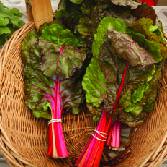-
CATEGORY ::
- All Seeds /
- All Flower Seeds /
- All Poppy Seeds
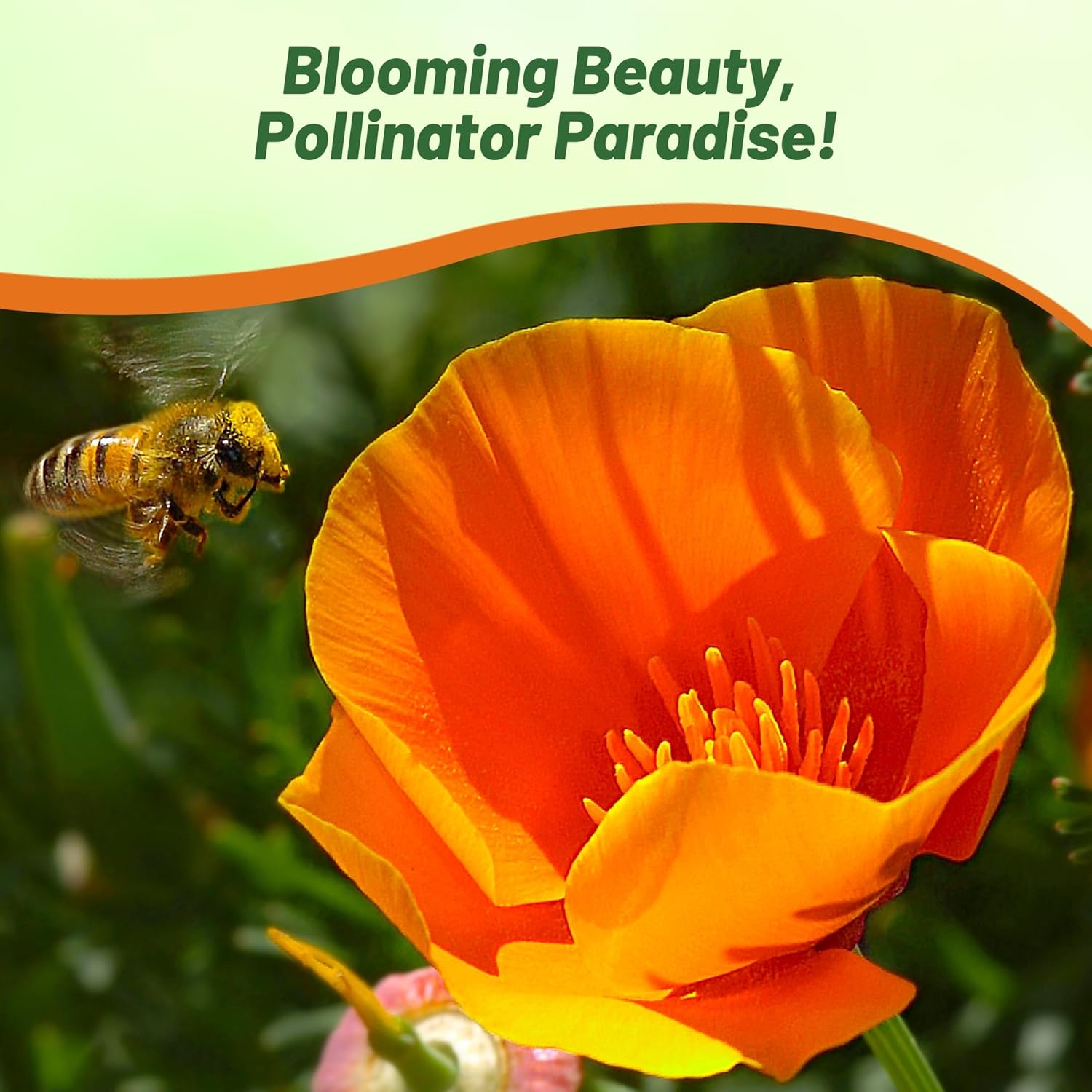

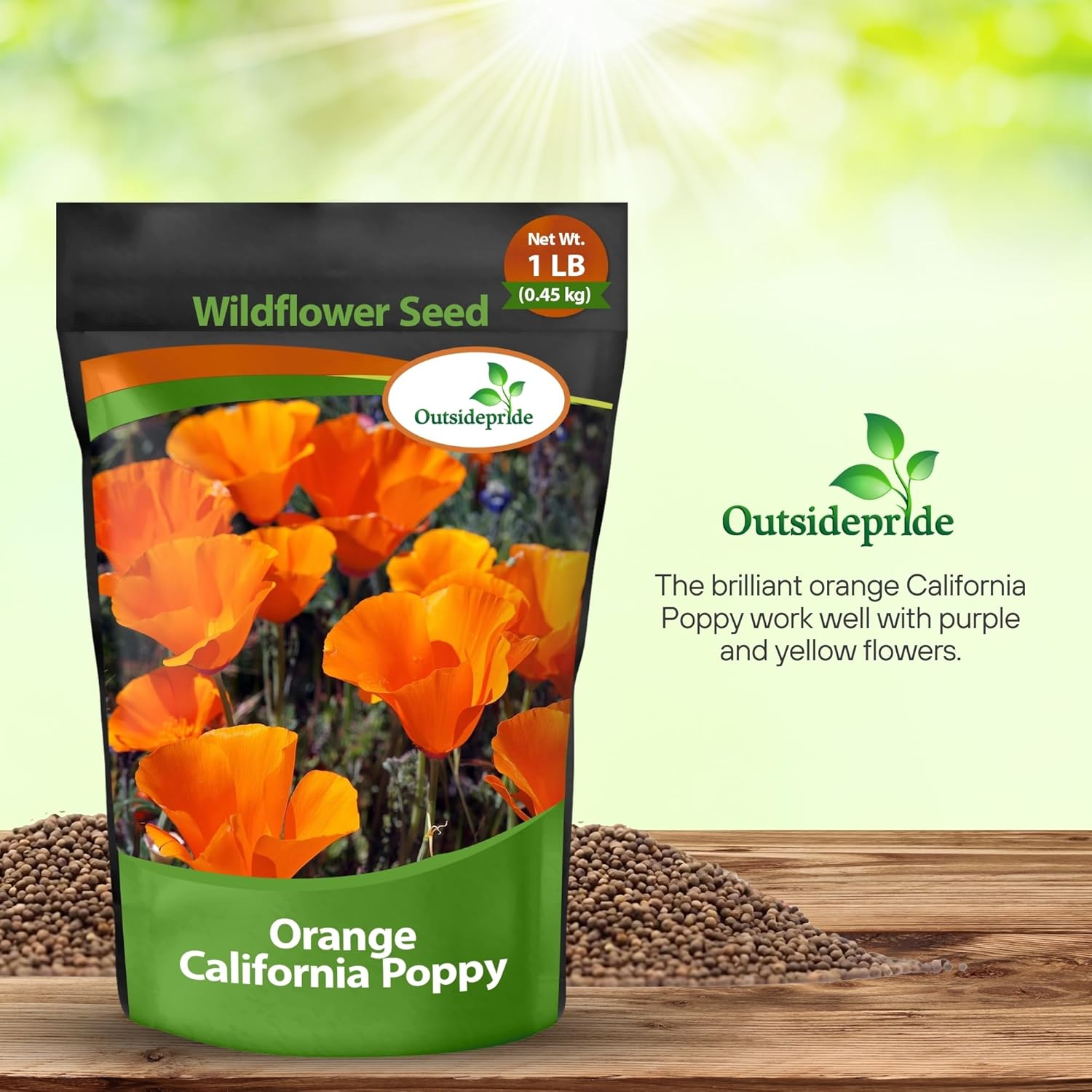
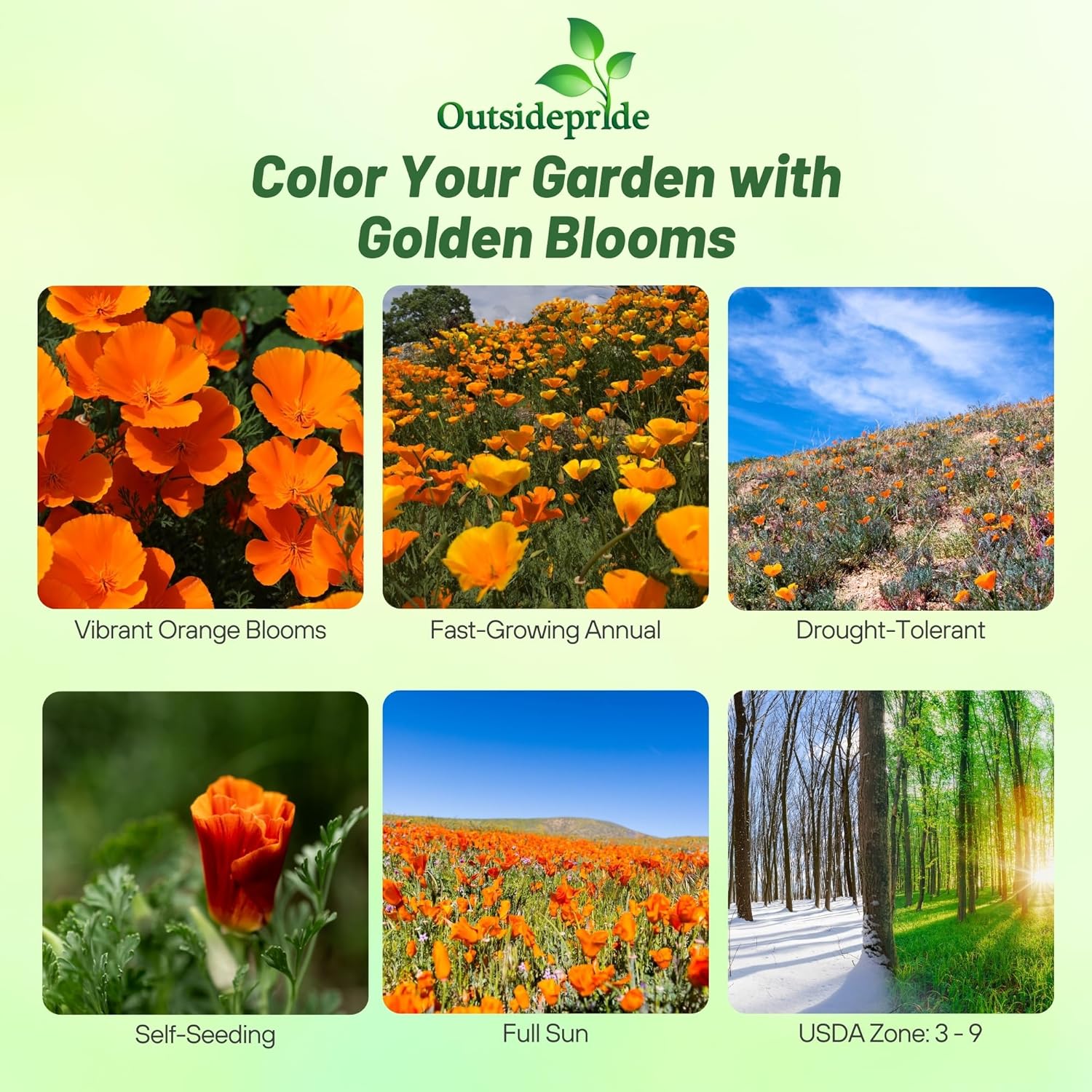
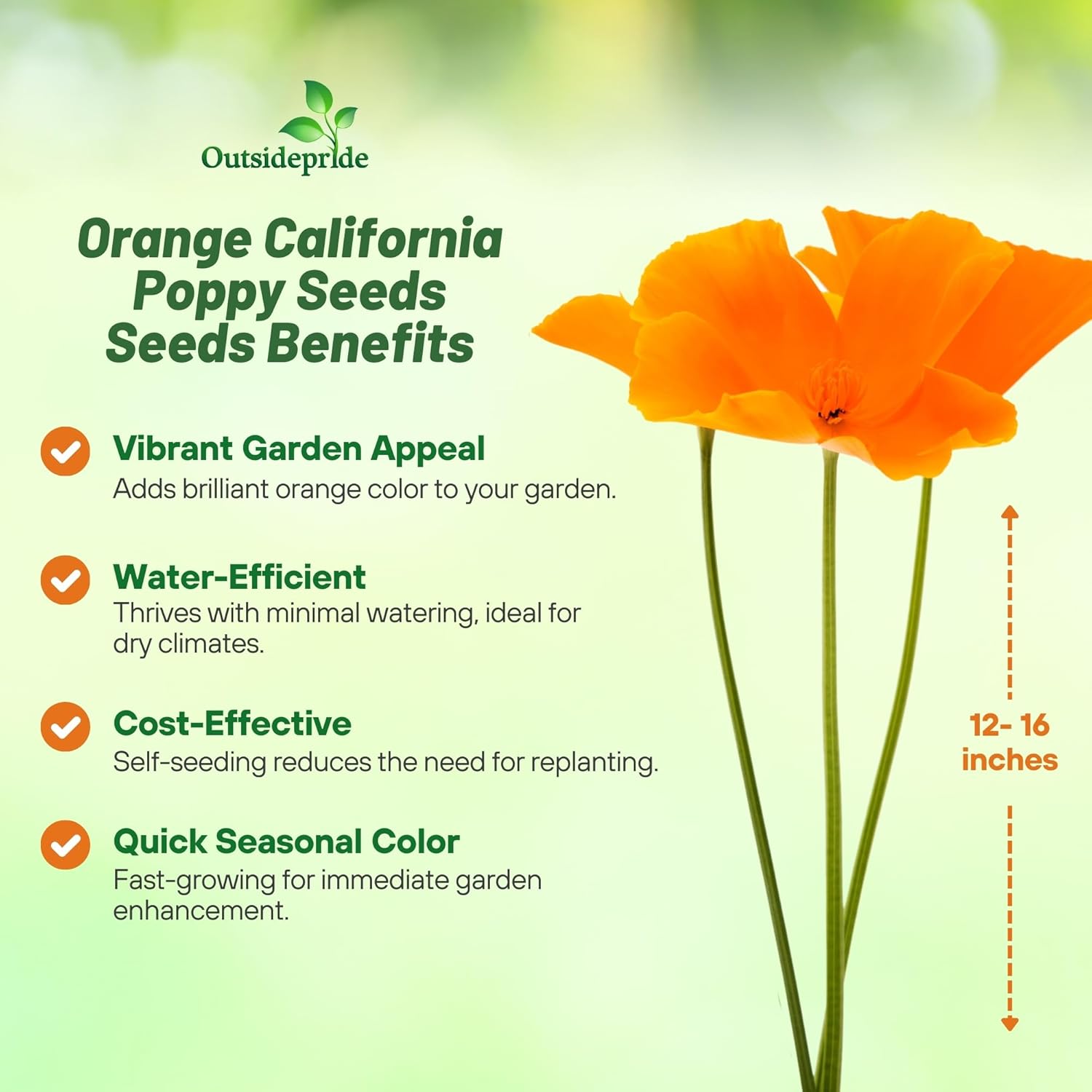
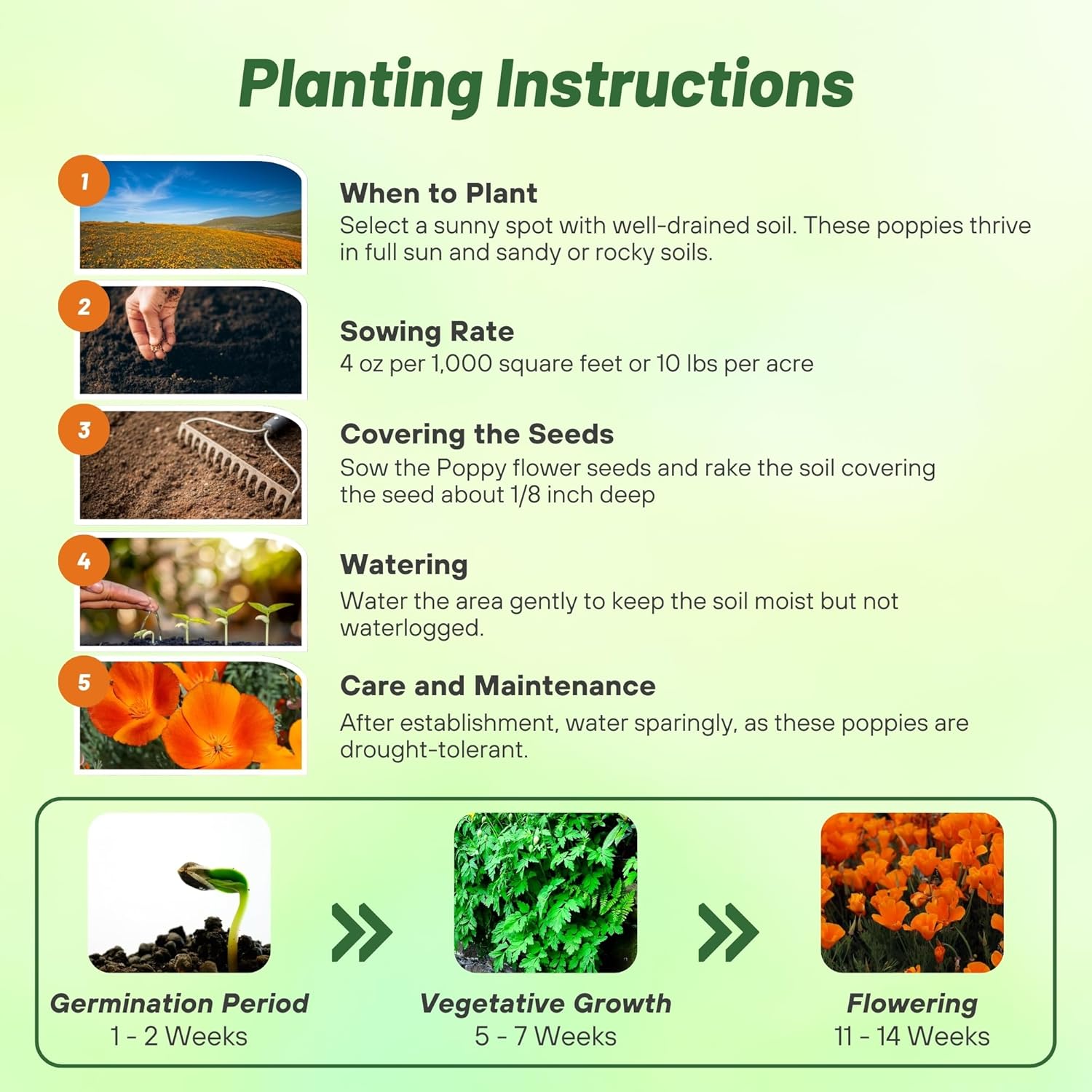







Poppy Seeds - California
SEEDS PER POUND
294,835
SEASON
Annual
USDA ZONES
3 - 9
HEIGHT
12 - 16 inches
BLOOM SEASON
Mid-summer
BLOOM COLOR
Orange
ENVIRONMENT
Full sun
SOIL TYPE
Prefers gritty, fast-draining conditions, pH 6.6 - 7.5
DEER RESISTANT
Yes
SEEDS PER POUND
2,780,000
SEASON
Perennial
USDA ZONES
3 - 8
HEIGHT
24 - 36 inches
BLOOM SEASON
Late spring
BLOOM COLOR
Mix
ENVIRONMENT
Full sun
SOIL TYPE
Well-drained, pH 5.8 - 6.8
DEER RESISTANT
Yes
SEASON
Annual
USDA ZONES
3 - 10
HEIGHT
10 inches
BLOOM SEASON
Mid spring to late summer
BLOOM COLOR
Red
ENVIRONMENT
Full sun
SOIL TYPE
Prefers gritty, fast-draining conditions, pH 6.6 - 7.5
DEER RESISTANT
Yes
SEASON
Annual
USDA ZONES
3 - 9
HEIGHT
12 inches
BLOOM SEASON
Mid Spring to late Summer
BLOOM COLOR
Purple, grey
ENVIRONMENT
Full sun
SOIL TYPE
Moist, well drained soils
DEER RESISTANT
Yes
SEASON
Annual
USDA ZONES
3 - 9
HEIGHT
15 - 25 inches
BLOOM SEASON
Late Spring through Summer
BLOOM COLOR
Red
ENVIRONMENT
Full sun
SOIL TYPE
Organically rich, medium moisture, well-drained soils
DEER RESISTANT
Yes
SEASON
Annual
USDA ZONES
3 - 9
HEIGHT
18 - 24 inches
BLOOM SEASON
Late Spring through Summer
BLOOM COLOR
Mix
ENVIRONMENT
Full sun
SOIL TYPE
Organically rich, medium moisture, well-drained soils.
DEER RESISTANT
Yes
SEASON
Annual
USDA ZONES
3 - 9
HEIGHT
36 inches
BLOOM SEASON
Mid Spring to late Summer
BLOOM COLOR
Mix
ENVIRONMENT
Full sun
SOIL TYPE
Moist, well drained soils
DEER RESISTANT
Yes
SEASON
Annual
USDA ZONES
3 - 10
HEIGHT
24 inches
BLOOM SEASON
Mid Spring to late Summer
BLOOM COLOR
White
ENVIRONMENT
Full sun
SOIL TYPE
Moist, well drained soils
DEER RESISTANT
Yes
About...
California Poppy (Eschscholzia Californica) - California Poppy seeds will grow quite well in cold climates, but only as an annual. Drought tolerant poppies can be used in beds, borders, and in naturalized settings, but generally do not do well in containers. The brilliant orange California Poppy work well with purple and yellow flowers.
MORE POPPY OPTIONS
Planting Directions
TEMPERATURE
60 - 70F
AVERAGE GERM TIME
14 - 28 days
LIGHT REQUIRED
Yes
DEPTH
1/8 inch
SOWING RATE
4 ounces per 1,000 square feet or 10 pounds per acre
MOISTURE
Keep seeds moist until germination
PLANT SPACING
12 inches
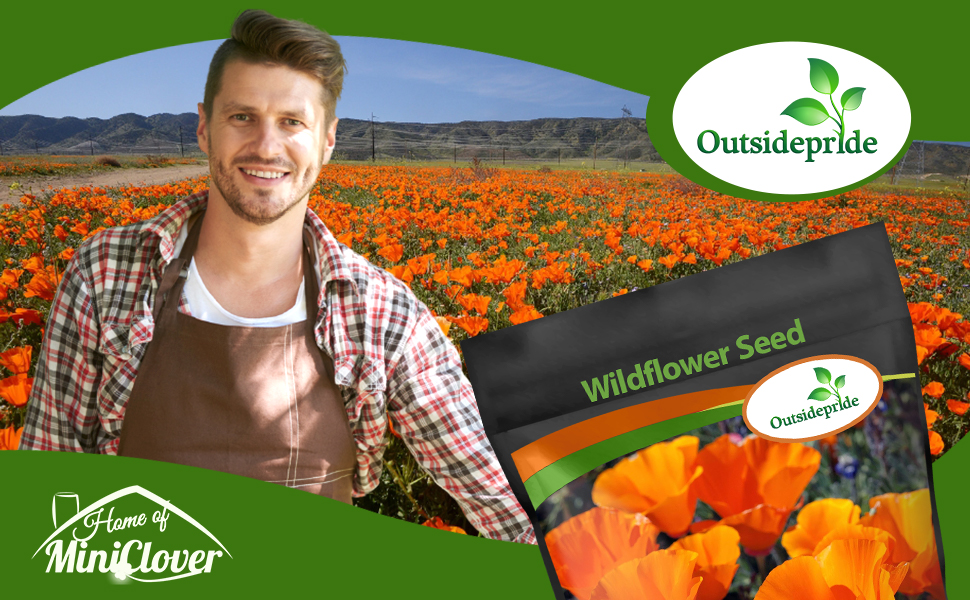
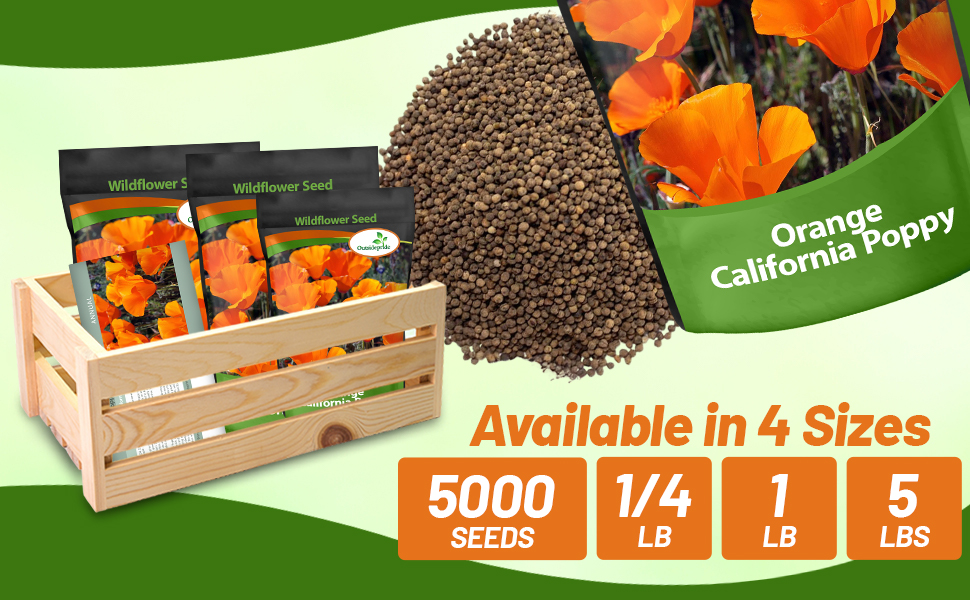
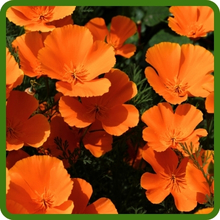
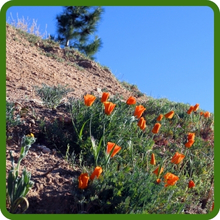
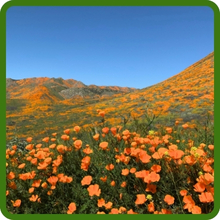



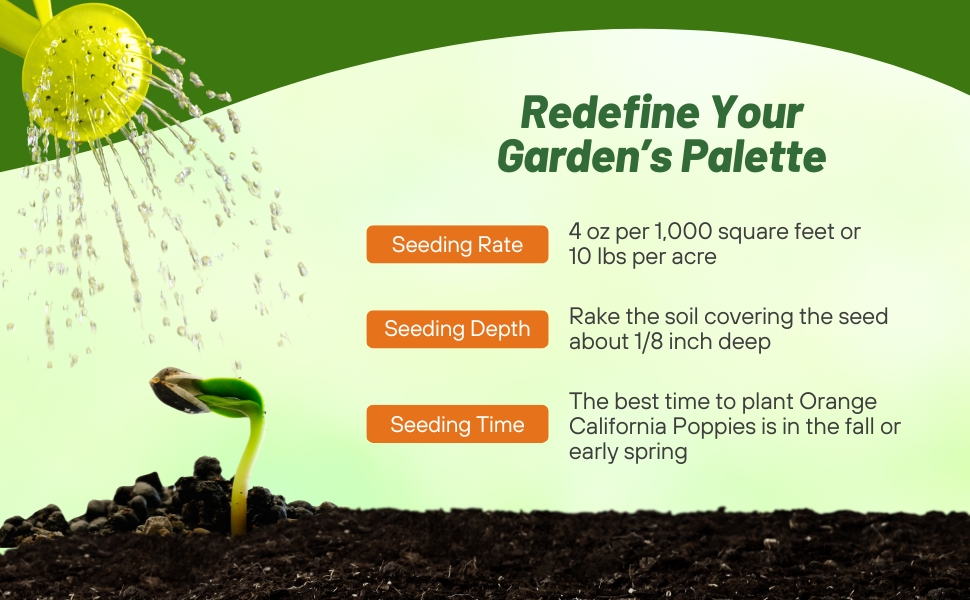
California Poppy (Eschscholzia Californica) - The bright orange drought tolerant California Poppy wildflower was named for doctor-naturalist Johann Friedrich Gustav von Eschscholtz who was the surgeon for the Russian expedition team that dropped anchor in San Francisco in 1815 in a bay surrounded by hills covered with the golden flowers. The wild flowers were designated the state flower of California in 1903, and now are protected by state law prohibiting anyone from picking or destroying them when they are growing on public property. These Poppy flowers close at night or in cold, windy weather and open again the following morning, although they may remain closed in cloudy weather.
Common Questions
Do I need to deadhead California poppy?
This is optional; however, it will extend your bloom season. Leaving on some spent flowers if you want to reseed for your next growing season.
Are these flowers fragrant?
They are not known for their scent, but they are valued highly for their cheerful blooms.
Can I grow in containers?
Yes, you can. Make sure to choose a container large enough for mature plants as California poppies do not like to be transplanted. Containers will need good drainage and you will also need to water more frequently.
Are poppies deer resistant?
Yes, they do tend to be deer resistant.
Planting Directions
TEMPERATURE
60F
AVERAGE GERM TIME
14 - 28 days
LIGHT REQUIRED
Yes
DEPTH
1/8 inch
SOWING RATE
50,000 seeds covers 625 square feet or 1/4 pound per 5,000 square
MOISTURE
Keep seeds moist until germination
PLANT SPACING
12 - 18 inches
Orientale Poppy (Papaver Orientale Mix) - Orientale Poppies add old-fashioned charm to gardens. These perennials establish well from Poppy seeds, and they grow well in sunny areas in soil that is well-drained. Oriental Poppy plants are hardy and do well in mountain wildflower gardens at high elevations. The silky, bowl-shaped flowers appear in late spring and burst from distinctive buds covered in bristly hairs. This Poppy mix includes shades of red, orange, pink, white and bi-colored forms. Many of the wildflowers feature inky-dark blotches at the base of the petals and colorful stamens in the center. Oriental Poppies have seed pods that will drop wildflower seeds for germination the following spring. There's nothing more beautiful than a meadow filled with Poppy wildflowers!
















